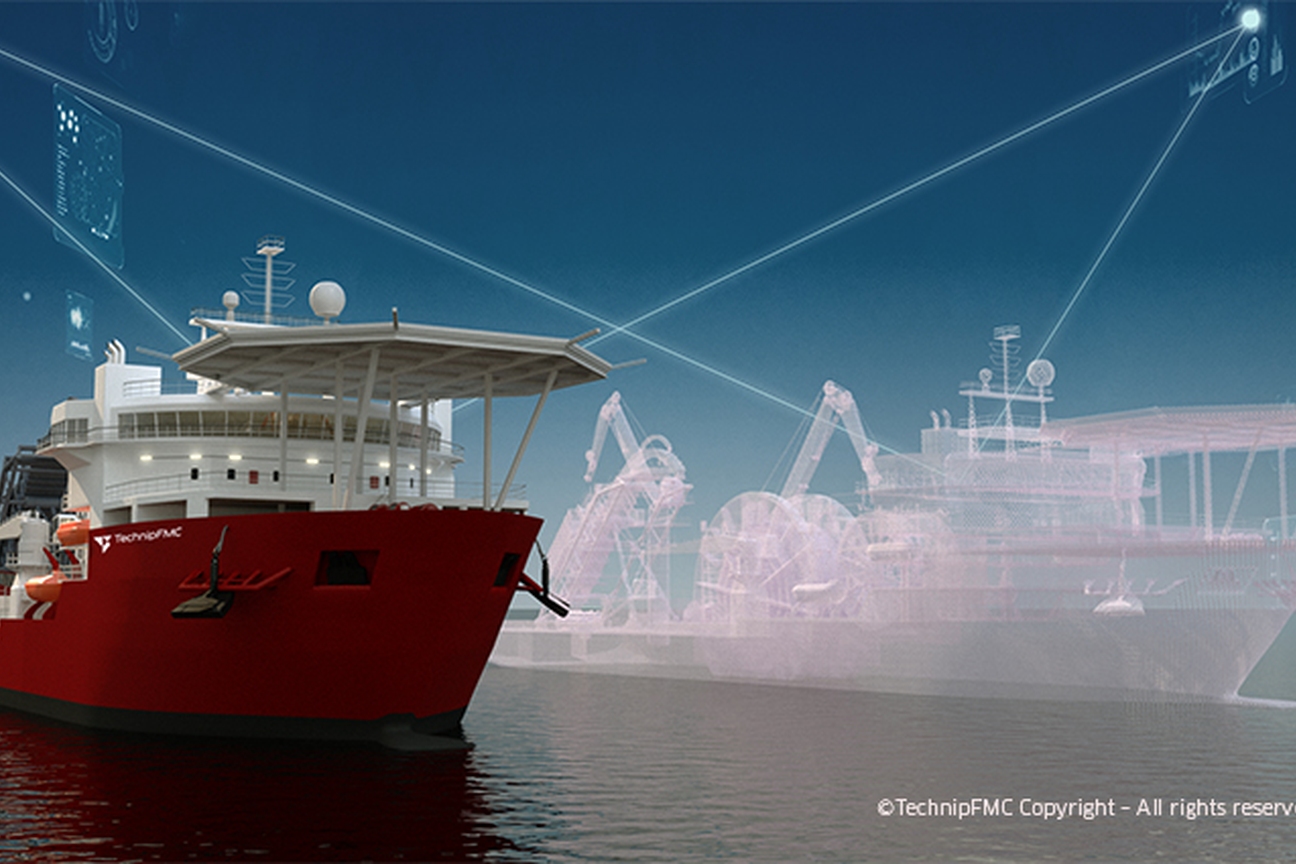
Digital Guard Vessel
Introducing Digital Guard Vessel (DGV)
TechnipFMC has developed an innovative solution known as Digital Guard Vessel (DGV), which performs the same safety functions as traditional guard vessels but without their associated issues. DGV monitors all vessels in a predefined area and notifies construction crews, operators, local maritime authorities, or the intruding vessel if it enters the construction area. By defining a digital warning area (geo-fenced) around the main construction zone, DGV further reduces the risk of an incursion.
Customizable Monitoring
The versatility and efficiency of DGV make it an invaluable asset for protecting subsea infrastructure. Whether it’s for monitoring pipelines, offshore platforms, or other critical infrastructure, the system can be customized to provide the necessary level of surveillance.
Enhanced Safety
By eliminating the need for offshore personnel, DGV significantly reduces HSE risks. This not only ensures the safety of the workforce but also allows for uninterrupted operations even in adverse weather conditions.
Environmental Benefits
DGV's zero-emission operation is a boon for environmental sustainability. Since its deployment on the Norwegian Continental Shelf (NCS) in 2021, DGV has helped reduce nearly 2000 tons of carbon emissions, setting a benchmark for eco-friendly practices in the industry.
How DGV Works
DGV operates through a structured framework aimed at ensuring maximum efficiency and minimal risk. The process begins with defining an Area of Interest (AoI) via geofencing, which can be as simple as creating a polygon on a screen or providing coordinates. An additional warning area can be set around the AoI to alert operators of approaching vessels. TechnipFMC have a long-term contract with a global satellite surveillance company. When the AoI is set up, it is automatically communicated to the provider, which then instantly commences the collection of information about the shipping traffic in the defined area.
For surveillance and detection, DGV utilizes AIS (Automatic Identification System) signals from vessels in the vicinity. This continuous monitoring captures detailed information such as vessel identification, entry times, notifications, and actions taken, ensuring a comprehensive oversight.
Data transmission between offshore assets and the onshore control center occurs through robust and publicly available networks. Real-time data about approaching vessels is sent to the Control Center server at TechnipFMC.
The DGV system then automatically analyzes this incoming data to assess the nature and severity of potential threats, identifying the type of vessel, its intentions, and the risks it may pose to subsea assets. Based on the analysis, DGV notifies relevant authorities and can activate additional security measures if necessary.
Comprehensive Documentation and Reporting
All activities and responses are documented, providing a comprehensive audit trail. This ensures accountability and allows for continuous improvement of the system. DGV allows for full documentation of any incursions in the area, including identification of vessels, when it was observed entering the area, how fast it was moving, in what direction, how and when they were notified, what action they took, amongst other pieces of information.
Future Prospects
As the industry continues to embrace sustainable technologies, DGV is poised to play a pivotal role in subsea asset protection. Its proven success and environmental benefits make it an ideal solution for companies looking to safeguard their assets while minimizing their carbon footprint.
Conclusion
Digital Guard Vessel represents a significant leap forward in the realm of subsea asset protection. Its advanced features, coupled with its environmental and safety benefits, make it a revolutionary technology poised to shape the future of the industry. By adopting DGV, companies can ensure the security of their subsea assets while contributing to a greener and safer future.